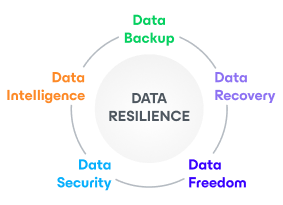3 Easy steps to migrate to Hyper-V 2012 R2
Hyper-V is cool! Its technically sound and for all practical purposes has become an excellent choice for running infrastructure workloads in a virtual environment. Hyper-V is not just for test and development environments anymore. More and more businesses are relying on Hyper-V to run their production workloads like Exchange, SQL, SharePoint, and Active Directory. Production environments have strict operating requirements! Business relies on uptime and access!
So what if you were using Hyper-V in Windows Server 2008 R2 to run your Virtual Machines (VMs) and you have decided to make the move to Windows Server 2012 R2? How will you migrate those VMs? I get this question at least once a week so I decided to write the detailed answer.
For those ... Read more

